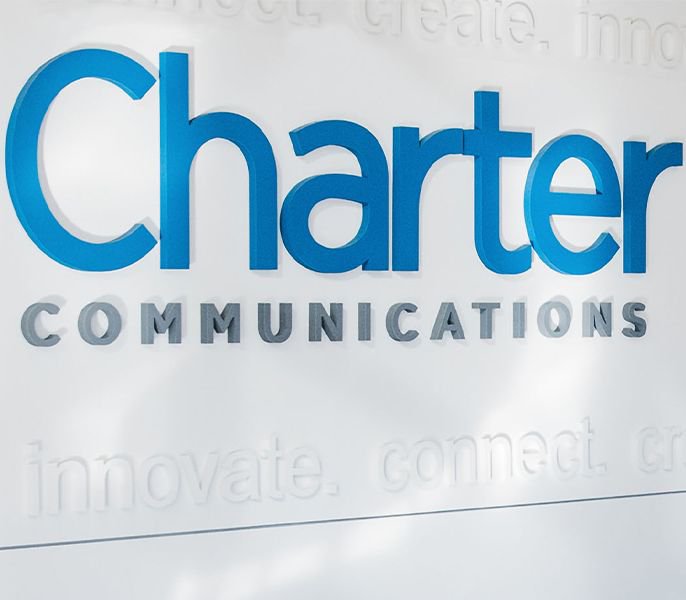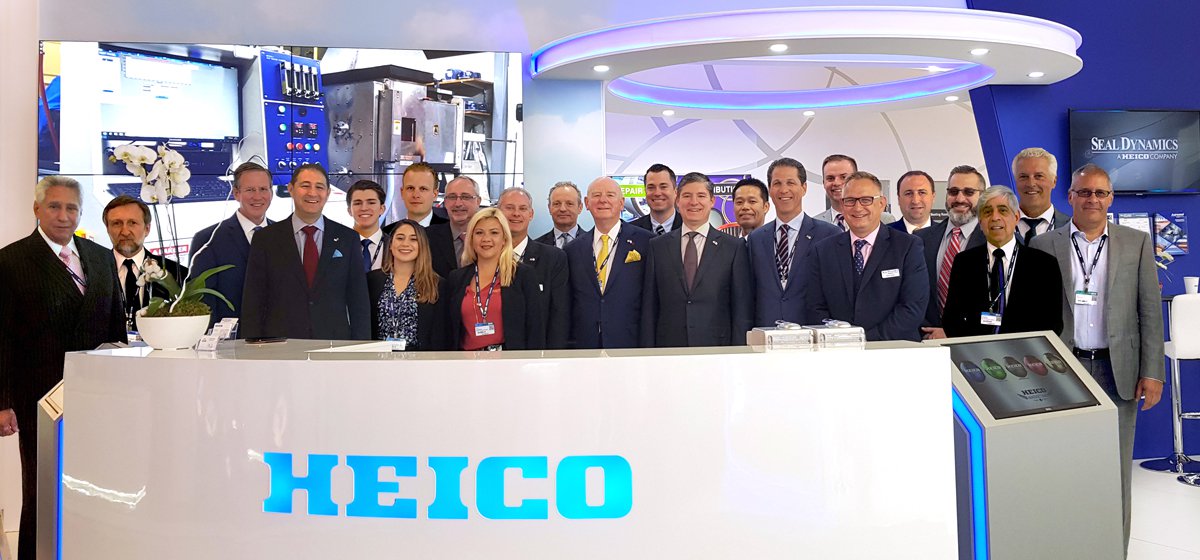Park Hotels Analysis
Description
Situation Overview:
Park Hotels is a new name to VIC, but not a new one to the special situations community. The Company is a lodging REIT, with a portfolio of 46 hotel assets predominantly located in major urban markets in the US. The Company spun out of Hilton in early 2017 as a REIT dedicated to owning/operating Hilton’s luxury/upscale properties, including the Hilton in Midtown Manhattan. Since the spin-off, the portfolio has transformed through M&A, as the Company exited certain markets to deleverage and diversified its flag branded footprint. In 2019, the Company’s largest markets were Hawaii (25% of EBITDA), San Francisco (15%), Orlando (10%), New Orleans/Boston/NY (5% each).
The Company has faced significant pressure in 2022/2023 for a number of reasons -> (i) it is the most levered of the US Hotel REITs with >6x leverage today, (ii) COVID-19 related closures impacting many of its urban locations through 1H’22 (and elongating a potential recovery in San Francisco), (iii) margin pressures from wage inflation, and (iv) a rising interest rate environment which put pressure on cap rates / hotel valuations.
Most notably, Park was perceived by the market as the San Francisco REIT given its exposures pre-COVID, and accordingly traded at a significant discount to comps on a $/key and EBITDA multiple basis. Without spending too much time debating the politics surrounding SF city restoration/recovery, the SF hotel market has meaningfully lagged the recovery path of other major US cities in the wake of the pandemic. Average city occupancy is still >50% below prepandemic levels and despite the return of certain large events (JPM Healthcare Conference in January, etc.), the weakness in CRE (office vacancy at 30% in SF) has spread to include lodging in San Francisco.
The Company owns 4 hotels in SF, all of which are currently operating at ~50% lower RevPAR than 2019 levels. EBITDA from San Francisco has gone from $130MM in 2019 to -$1MM in 2022, with limited improvement YTD in 2023.
Two of Park’s properties have $725MM of non-recourse debt against them in aggregate (against $0 EBITDA LTM) - all of which comes due at year-end 2023. The Company originally considered rolling part of the loan and paying some of it down in cash and talked about its LT commitment to the SF market. However, in June, the company announced that it will be walking away from the SF hotel properties and handing the keys back to the servicers.
The net effect is a significant deleveraging/repositioning event which I believe is not being appropriately reflected in the market despite the Company’s best efforts at signaling otherwise -> leverage goes down by ~1x as a function of walking away from a non-cash flowing property and the Company’s fixed charge obligations decline. The end result is that the portfolio becomes meaningfully cheaper on a PF basis once the SF assets are de-consolidated, with significant tailwinds as (i) the recovery in urban markets continues and (ii) there is growth to come in certain of its resort markets (most notably, Hawaii).
It’s hard to explain why the market doesn’t appreciate the fundamental shift in PK’s narrative surrounding SF - some sellside analysts believe this is a negotiating tactic that PK is employing with the CMBS servicers. Management has strongly disputed this in public commentary since the announcement, but the stock has not reacted despite the repeated statements. Sellside estimates have not all moved to reflect the exclusion of SF hotels from the portfolio, and Bloomberg screens still incorporate the debt (as the keys for the SF hotels will be handed back on November 1, so in Q4).
- Portfolio Optimization
- Efficient Frontier Calculator
- Asset Correlations
- Backtest Portfolio
- Portfolio Visualizer
- Online Monte Carlo Simulation
Capitalization / Portfolio Overview
Current Capital Structure here:
PF for walking away from the SF properties, the leverage drops by over a full turn (SF expected to contribute minimal EBITDA in 2023) -> highlighting the PF structure below:
PF Earnings Power:
Excluding SF, the Company is seeing significant momentum across many of its core markets -> ADRs are running above 2019 levels and Portfolio RevPAR was basically at 2019 levels on a comparable basis in Q1/Q2 2023. There’s some noise in the results as certain properties (including a significantly overperforming Key West property) undergo renovations, but PK has a path to earnings power above 2019 levels for the remaining portfolio.
Many markets (Key West, Hawaii) are seeing significant increases in leisure travel post pandemic, with consumers willing to absorb ADRs well ahead of 2019 levels (RevPAR in Hawaii has been 15-30% above 2019, Key West was doing almost double 2019 revenues until going down for renovation) . At the same time, certain markets that have lagged (NY, Chicago most notably), are seeing continued improvements from Return to Office Trends, the return of the conference schedules, and a continuation of holiday/leisure travel as the urban markets reopen.
Hawaii in particular is an interesting case study and growth vector despite being at record levels. Japanese tourism was 20% of the Hawaiian business prior to the pandemic and is running 92% below pre-COVID levels due to Japanese government incentives for consumers to travel domestically. The Japanese incentive program has generally been winding down -> a return of the Japanese tourist could imply even further upside for the Japanese portfolio even beyond the record results the Hawaiian properties are enjoying at the moment.
On the cost side, the Company represents that they made certain permanent margin enhancements during the pandemic, and cut 300bps of costs out of the business. They likely are giving some of it back right now given the margin pressures / labor pressures felt across the space, but it represents another lever for earnings power to be better than FY19.
On a like-for-like basis (excluding SF), the portfolio generated $695MM of EBITDA in 2019 and is on pace to generate $650MM in 2023 per guidance. I believe normalized earnings could end up as high as $750MM of EBITDA on RemainCo (and use a range of $700-740MM to value the portfolio). This implies a range of $250-$270MM of Levered FCF, a ~10% yield on the current market cap.
Valuation:
As a reference point, the premium hotel REIT Comps are Host and Pebblebrook, both of whom have a similar mix of business (split between leisure/group/business) and significant urban/resort exposure, similar to Park.
Other premium lodging names include Braemar, Sunstone, Diamond Rock, Xenia, and Hersha.
The two most meaningful takeaways are 1) that the average comp trades ~9-11x (although the premium names in PEB/HST trade at/above the high end of the range). 2) the comps here trade at a huge premium to PK’s valuation on a $/key basis (or per unit of room capacity).
- Apple Stock Valuation
- Netflix Stock Valuation
- Microsoft Stock Valuation
- Meta Stock Valuation
- Tesla Stock Valuation
- Amazon Stock Valuation
- Citibank Stock Valuation
- Nvidia Stock Valuation
- AMD Stock Valuation
- Best Buy Stock Valuation
- Alphabet Stock Valuation
- Home Depot Stock Valuation
- JPMorgan Stock Valuation
Of note, an LBO of HT was announced last week at a valuation of $341k/key, representing almost a 50% premium to where PK trades.
When looking at valuation, I run a SOTP on a market by market basis generally using the low end of the valuation range highlighted -> the TEV/Key imputed by the CF valuation is highlighted as well, which I still have well below the comparable range.
Sources of upside not credited in this valuation are (i) incremental value from certain JV stakes the Company has, (ii) ROI improvements / return on growth capex the Company is spending ($250MM+ over the next 2 years), (iii) discount enhancements as the Company continues to buy back stock.
Capital Allocation:
The Company carries a significant amount of cash on the balance sheet today. As it is a REIT, the Company is required to distribute 90% of pre-tax income to shareholders, and has a dividend policy in place.
Management in general is frustrated by what they believe to be a significant discount to NAV (management’s disclosed NAV is . Accordingly, the Company has been buying back a significant number of shares over the past few years (including ~$105MM YTD). I anticipate the buyback program to continue once PK steps through the transition of the SF assets, and there will likely be room to increase the dividend given the amount of levered FCF generation is almost double the current dividend rate. The Company has been engaged in M&A as both a buyer and a seller -> largely finding markets it likes to deploy capital in. But management views their own stock as the best target for CF deployment at the moment.
Separately to note, alongside the exit of the SF market, the Company will recognize taxable gains associated with the cancellation of property level debt. Accordingly, it is required to pay a one-time special dividend at year end to shareholders of approximately $0.75.


